Special surface treatment is used for corrosion resistance, rust proofing, abrasion resistance, and coating.
Teflon

The creation of a Teflon film results in greater lubrication and the prevention of burning.
Dry lube
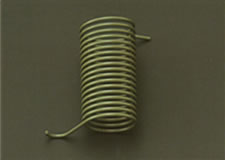
This can be used for coatings not only for metals, but also for rubber, plastics, ceramics, wood, and fiber. It reduces friction and abrasion, has good load-bearing properties, and provides heat resistance.
Passivation treatment
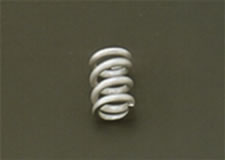
This treatment method using passivation prevents corrosion by dipping stainless steel in solutions with nitric acid and other powerful acids.
Cationic electro-coating

This method electro-coats products by saturating them in a water-soluble coating. This achieves a film of a certain thickness, evens the irregularities and sharp edges, and provides both corrosion resistance and visual attractiveness.
Melamine coating
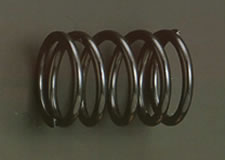
Melamine is ground into tiny particles and formed as a covering film on the metal, which provides it with both luster and visual attractiveness.
Nylon coating

Powdered nylon is adhered to the metal, which creates a coating that prevents noise when coming in contact with other parts.
Alumite processing
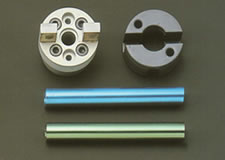
This is widely used for aluminum products for which wear protection, lubrication, and visual attractiveness is required. There is a wide selection of colors.
Gold plating

We can offer gold plating, hard gold plating, and electroless gold plating. It is effective for those products that require reduced contact resistance and visual attractiveness.
Silver plating

This is used in the same way as gold plating, but is less expensive than gold plating.
Austemper

Compared to springs that use general quenching and tempering processes, the austemper process conducted until the formation of bainite results in greater lengthening and tension.
Gas nitrocarburizing
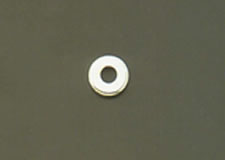
This process disperses nitrogen over a product's surface to create a hard layer that significantly improves resistance to metal fatigue.


